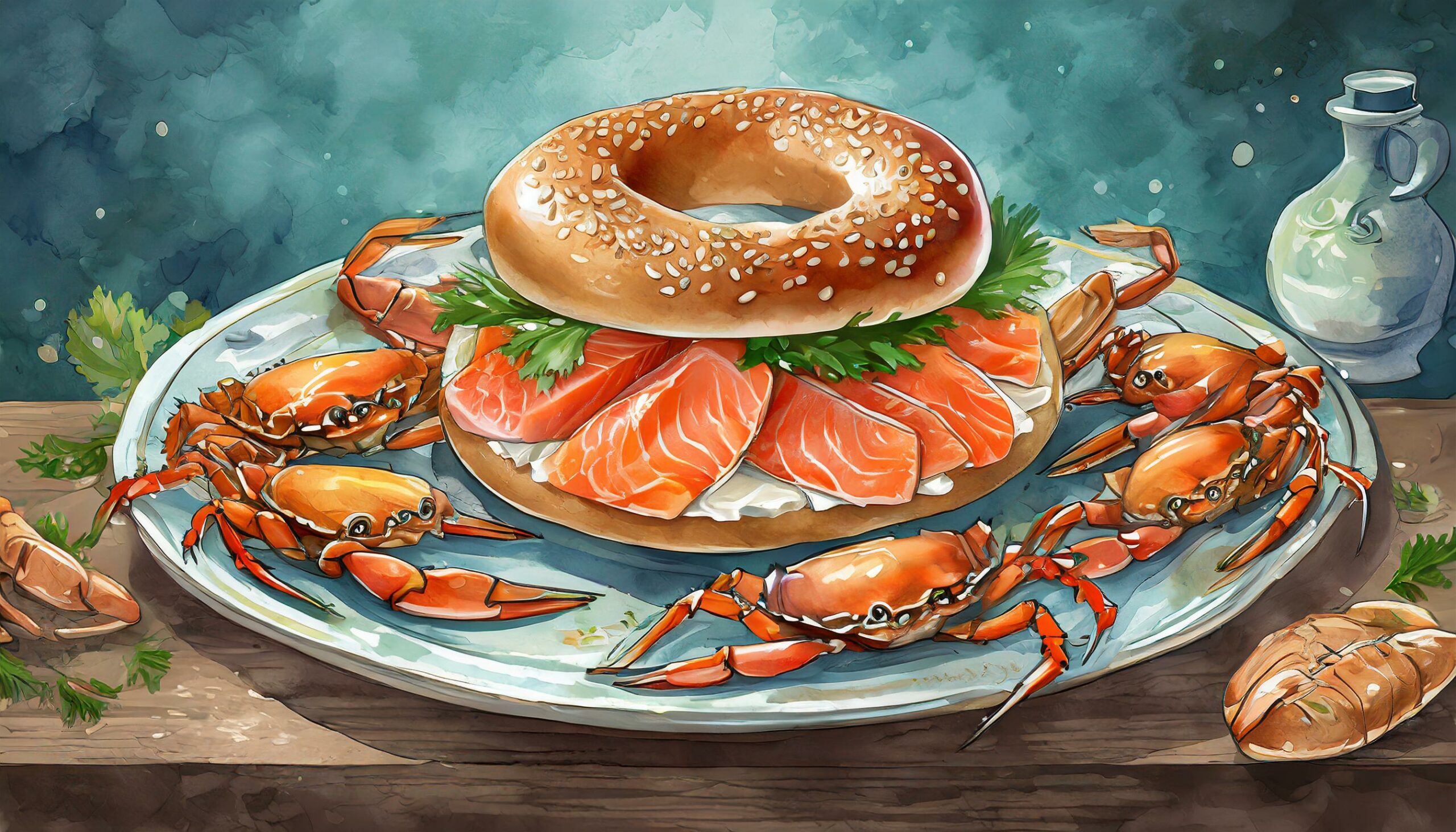Key Takeaways
- A copyright protects artistic, literary, or intellectually created works.
- A trademark protects a word, phrase, or design that identifies goods and services.
- A patent protects technical inventions.
Full text
Copyrights, trademarks, and patents protect different forms of intellectual property. Certain products and services may touch upon more than one of these intellectual property rights, and as a startup its important to know which apply to your new business.
Copyrights give rights to authors regarding their original creative works. These protections are applicable for creations like films, songs, paintings, books, software codes, website designs, marketing reports, etc. The author of such copyrighted work has the exclusive right to publish, perform, display, reproduce, or record creative content. They are also granted the sole right to create derivative works from the original, whether it is a revision, summary, translation, or adaptation. Copyright exists automatically in an original work of authorship, but an owner can register with the U.S. Copyright Office to increase the protections, specifically in the event of litigation.
Trademarks can be used to protect a symbol, slogan, color, logo, design, or word that identifies the source of a product or service, making it distinguishable from those provided by others. Some examples of this include a product name like that of the iPhone, or a feature on a product like FaceTime, or the manufacturer or provider like Apple. The owner of a trademark has the right to prevent unfair competition by using language or logos that are confusingly similar. Trademarks in the US should be registered with the U.S. Patent and Trademark Office in order to give owners the legal presumption of trademark ownership and certain enforcement rights in court. Registering also allows for the use of the federal trademark symbol.
With a patent, the U.S. Patent and Trademark Office grants exclusive property rights for an invention. This bars others from using, selling, or making an invention using the art covered in the patent. There are three types of patents: utility, design and plant. Utility patents are granted for inventions or discoveries of processes, machines, articles of manufacture, or compositions of matter. Design patents apply to new, original, and ornamental articles of manufacture. Plant patents are granted for inventions or discoveries and asexual reproduction a distinct and new variety of plant. Patent applications in the US are filed with the U.S. Patent and Trademark Office.
For startup founders, it’s vitally important to understand the differences of copyrights, trademarks and patents. Intellectual property is the heart of innovation, and innovative companies that aim to disrupt need to focus on copyrights, trademarks and patents from inception.
Chatterjee Legal is able to assist on the matters discussed in this Insight. Please reach out via e-mail to insights@chatterjeelegal.com and a member of our team will be in touch with you shortly.










